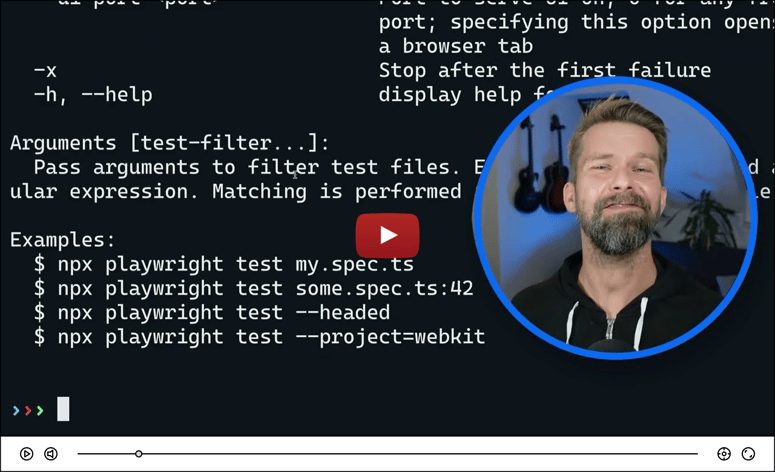Imagine creating a game world that never repeats, where every play session brings a totally unique adventure. Welcome to the magic of procedural content generation (PCG) – the secret weapon of modern mobile game development that's revolutionizing how we think about game design!
What is Procedural Content Generation?
Procedural content generation is like having a tireless game designer living inside your code. Instead of manually crafting every single level, environment, or challenge, you create sophisticated algorithms that generate content dynamically. It's the difference between painting each scene by hand and teaching a talented artist to create masterpieces on demand.
Why Mobile Game Developers Love PCG
In the competitive world of mobile game development, PCG offers some incredible advantages:
- Unlimited replay value
- Reduced development time
- Minimal storage requirements
- Unique player experiences every time
- Cost-effective content creation
The Core Principles of Procedural Generation
1. Algorithmic Creativity
Think of procedural generation as a set of creative rules. You're not just randomly throwing things together – you're establishing a sophisticated system that:
- Follows specific design guidelines
- Maintains game balance
- Creates meaningful, playable content
- Ensures consistent quality
2. Seed-Based Generation
Every procedurally generated world starts with a seed – a starting point that determines how content will be created. It's like having a unique DNA for each game world that ensures:
- Reproducibility
- Predictable randomness
- Consistent player experiences
Implementing Procedural Generation in Mobile Games
Terrain Generation
Creating realistic and engaging environments is an art form in mobile game development. Effective terrain generation involves:
- Noise algorithms (Perlin noise is a classic)
- Layered terrain creation
- Biome-specific rules
- Elevation and landscape variation
Enemy and Challenge Placement
Procedural generation isn't just about landscapes – it's about creating meaningful gameplay experiences:
- Dynamic difficulty scaling
- Intelligent enemy spawning
- Strategic challenge placement
- Balanced progression systems
Technical Approaches to PCG
Cellular Automata
Imagine creating complex systems that evolve based on simple rules. Cellular automata can generate:
- Cave-like environments
- Organic-looking landscapes
- Complex ecosystem simulations
Voronoi Diagrams
A powerful technique for creating:
- Unique map layouts
- Natural-looking terrain divisions
- Interesting geographical features
Challenges in Procedural Generation
Maintaining Quality Control
The biggest challenge in mobile game development's procedural generation is ensuring consistent quality. Strategies include:
- Extensive rule-based systems
- Machine learning validation
- Handcrafted template libraries
- Continuous algorithm refinement
Performance Considerations
Mobile devices have limited resources, so your PCG algorithms must be:
- Lightweight
- Efficient
- Quick to generate content
- Minimal memory usage
Real-World Examples in Mobile Gaming
Roguelike Games
Games like "Hades" and "Spelunky" have mastered procedural generation, creating:
- Unique dungeon layouts
- Randomized enemy encounters
- Personalized player experiences
Exploration Games
Titles like "No Man's Sky" showcase how PCG can create entire universes with:
- Unique planetary systems
- Diverse ecosystems
- Countless exploration possibilities
Advanced PCG Techniques
Machine Learning Integration
The future of mobile game development includes:
- AI-driven content generation
- Adaptive difficulty systems
- Personalized player experiences
- Smart content creation
Hybrid Generation Models
Combining handcrafted elements with procedural generation:
- Create base templates
- Use algorithms to add variation
- Maintain core game design integrity
Best Practices for Successful PCG
Start Simple
- Begin with basic generation rules
- Gradually increase complexity
- Test and iterate continuously
Establish Clear Constraints
- Define generation boundaries
- Create consistent rulesets
- Ensure playable content
Performance Optimization
- Use efficient algorithms
- Implement smart caching
- Minimize computational overhead
The Future of Procedural Generation
As mobile game development continues to evolve, expect:
- More sophisticated generation techniques
- AI-enhanced content creation
- Hyper-personalized gaming experiences
- Reduced development costs
Conclusion: Unleashing Infinite Creativity
Procedural content generation isn't just a technique – it's a paradigm shift in mobile game development. By mastering these algorithms, you're not just creating a game; you're building entire worlds limited only by your imagination.
Pro Tip: Treat your procedural generation system like a game designer. Give it clear rules, creative constraints, and the freedom to surprise you!




Top comments (0)